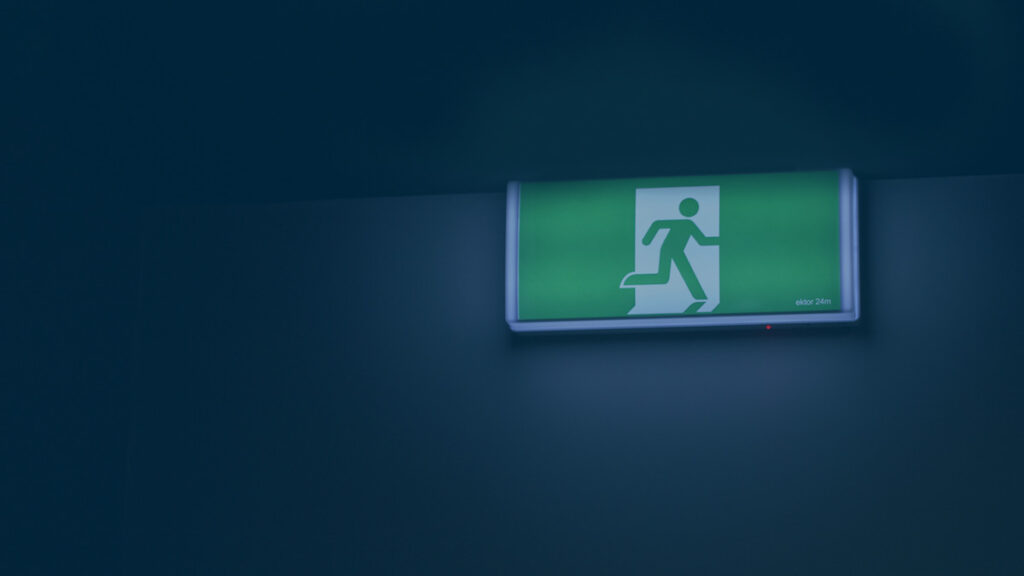Beyond Hurricanes: 4 Examples of Recent, Real-Life Business Emergencies

It’s the rare workplace disaster that is dramatic enough to burst into the news. Most business emergencies are managed privately, with the outside world unaware that anything was ever wrong.
This is great from the companies’ point of view. It’s bad enough having a disaster without having a public-relations distraction piled on top of it.
However, there is a drawback for the business-continuity community: All this discretion deprives people outside the firm of the benefit of their peers’ experience.
One interesting consequence of this is that many BC professionals have a limited concept of the kind of negative events that can impact their organizations. Everyone knows about fires, hurricanes, and cyberattacks—they’re in the news all the time—but many other kinds of things can disrupt a business and frequently do, including things most people couldn’t even imagine.
As business continuity consultants, we at MHA Consulting have the privilege of working with many companies in helping them respond to disasters and business emergencies. The opportunities we are given to “look over the hedge” come with the solemn responsibility of protecting our clients’ confidentiality. However, they also let us see the kind of troubles that actually impact organizations, out of the public eye and beyond the best-known types.
With all that in mind, we thought it might be helpful to sketch out a few cases we’ve recently been involved in, avoiding the identifying details.
It’s a pretty quirky list, as you’ll see—although the actual and potential negative effects were very real.
At the end, we’ll share a lesson or two that we think can be drawn from these experiences.
As the saying goes: It is wise to learn from your misfortunes; it is even wiser to learn from the misfortunes of others.
Case No. 1: This was at a main distribution center of a Fortune 1000 organization. A forklift driver accidentally ran into a large rack of merchandise, causing it and many other racks to topple over. No one was injured, fortunately, but the DC was out of action for two or three days while cleanup, repairs, and an investigation were carried out.
Case No. 2: At a data center a water main broke outside an exterior wall of the data center. The water pressure pushed the wall against a set of equipment racks. There was a domino effect of racks toppling. There was nothing anyone could do but watch.
The entire data center was impacted.
Case No. 3: At a different data center, someone smelled something unpleasant, prompting the people working there to start looking around to see what might be causing the odor. As with Case No. 1, this was at a Fortune 1000 company. The workers discovered the area beneath their raised floor was in the process of being flooded with sewage from a backed-up septic system. The liquid was flowing over cables and threatening electrical outlets. There followed a scramble during which the employees sucked up water with wet vacs while shutting down and unplugging development/test and non-critical equipment in a race against the flood. It was later discovered that there was a design issue with the outflow to the sewer.
Case No. 4: This incident unfolded at a major New England educational institution as a hurricane approached. However, it wasn’t the hurricane that caused that damage, at least not directly. The institution was well-prepared for the storm.
Their business continuity plan was excellent, and they had taken steps to protect their buildings, data center, student locations, and housing.
In accordance with their BC plan, most of the staff were working from home. However, as the rivers and streams in the area rose, the effort to follow the plan completely was impacted by the fact that many employees critical to executing it were pulled away from their work duties by the need to look after their own homes and families.
For example, people kept having to drop out of conference calls to run down and pump water from their basements due to sump pumps not keeping up. The institution found itself with an excellent BC plan but the people available were impacted.
What more advice from business continuity professionals? Read our advice: Lessons from 150 Years of Business Continuity Experience.
So there are four stories, none especially dramatic but all potentially costly to the organizations affected.
What lessons can we draw from these examples of business emergencies as business continuity professionals? Here are three:
- Stuff happens. (Sometimes, as in Case No. 3, the word “stuff” does not begin to cover it.) And the bad things that happen—often without anyone at the company having made any sort of error—are frequently things we could never have imagined.
- Be prepared. Because stuff happens, we must invest and plan and conduct exercises; otherwise, we are leaving ourselves exposed to the possibility that an emergency could cause serious and lasting damage to our companies, communities, and livelihoods.
- Be generic. Make sure your plans are generic enough and robust enough to cover many different types of scenarios, because fate’s ability to script disasters far outstrips our ability to imagine them.









